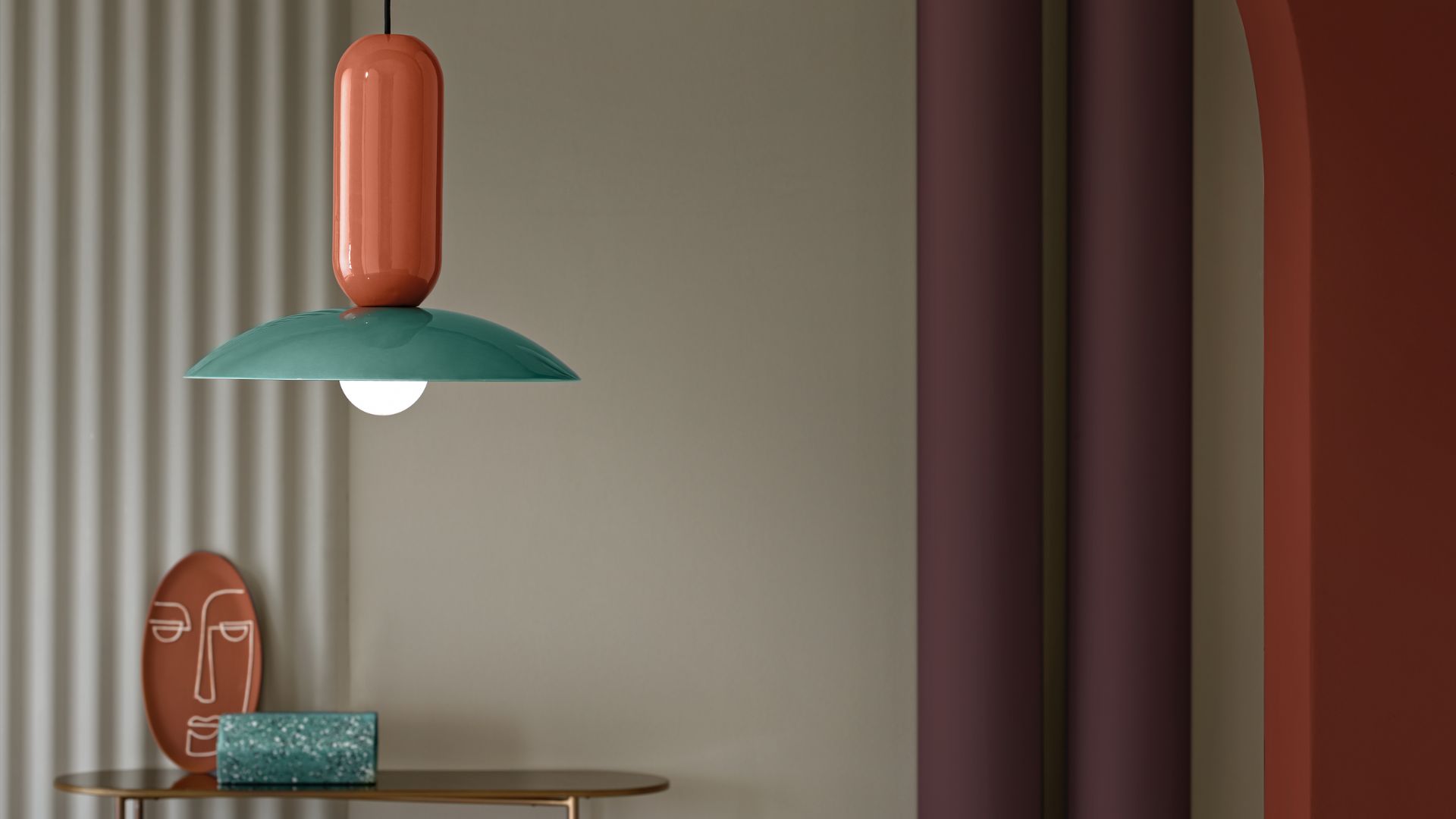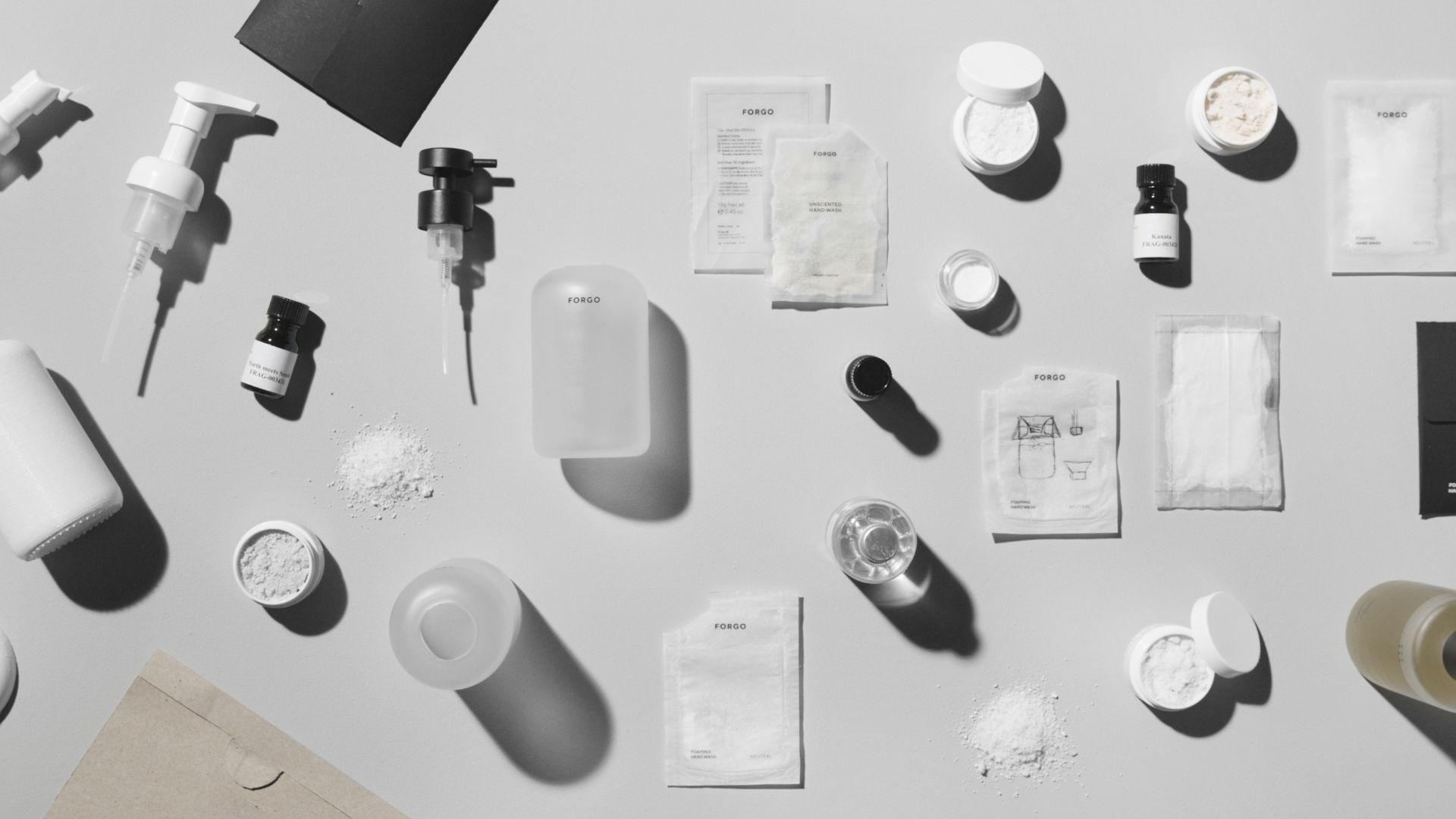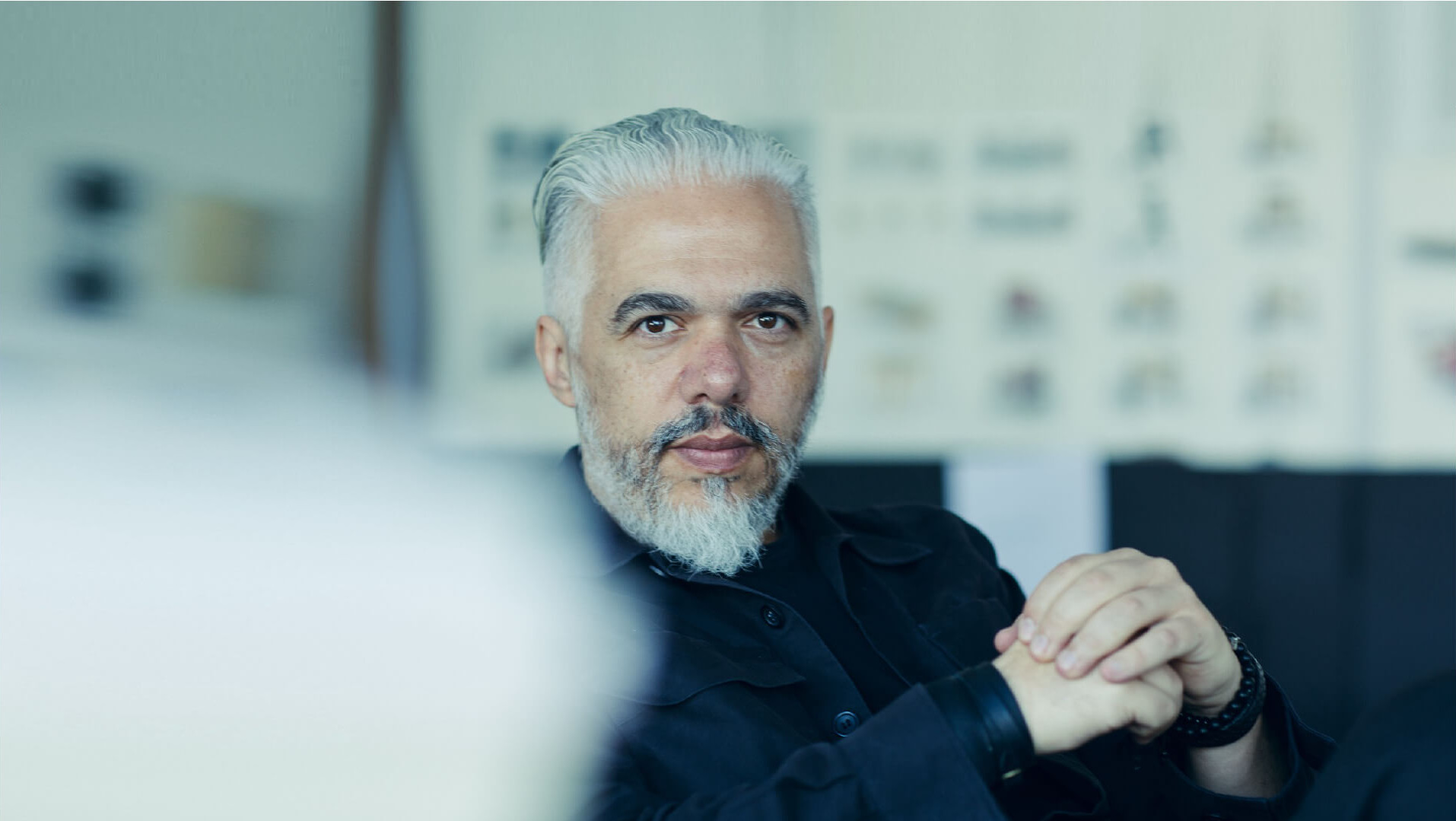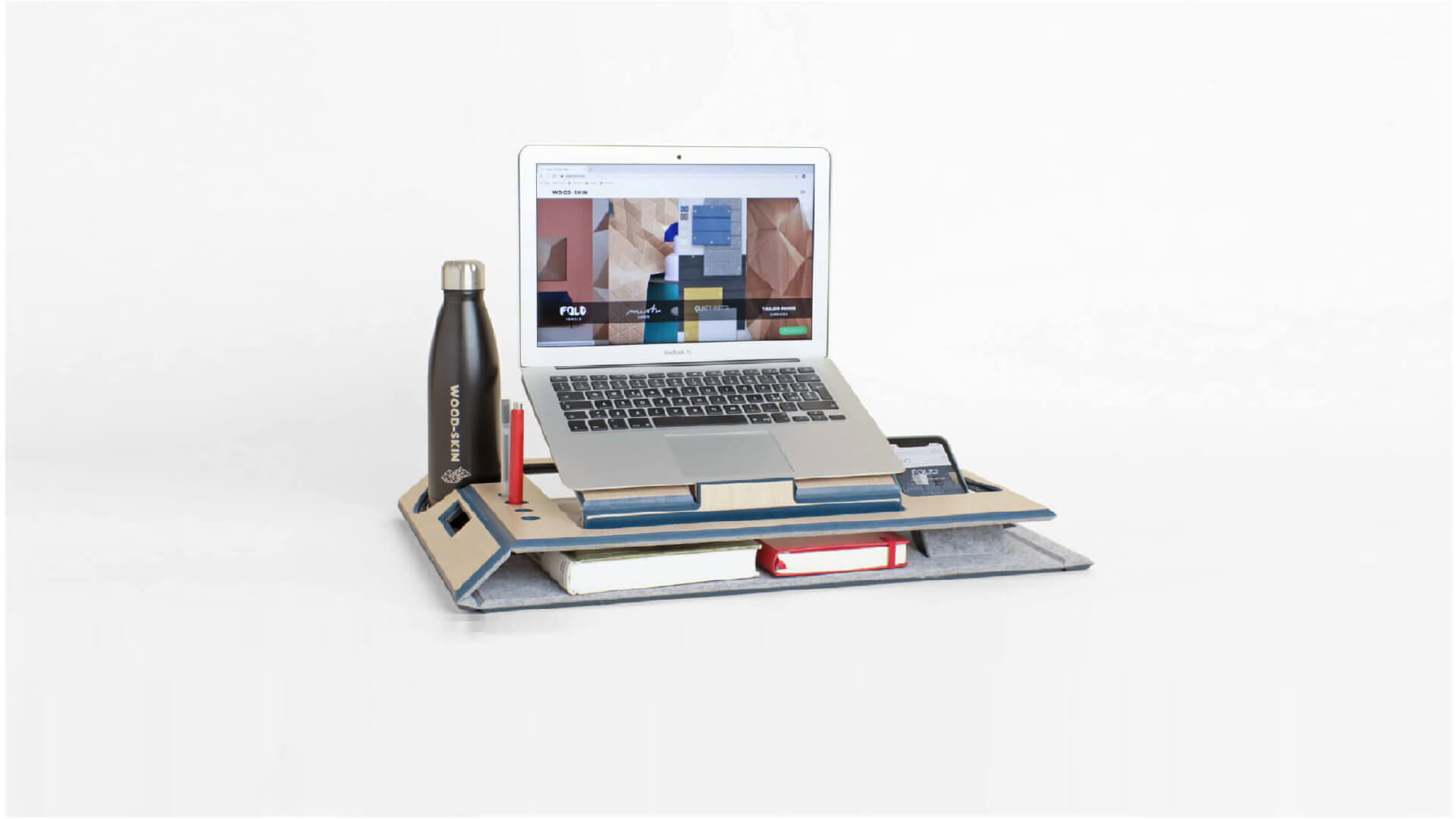Between the achievable and the unattainable: a tool for innovation
Navigating the fine line between the possible and the impossible has been the driving force behind Alberto Alessi’s creation of one of the most significant companies specializing in stainless steel home goods.
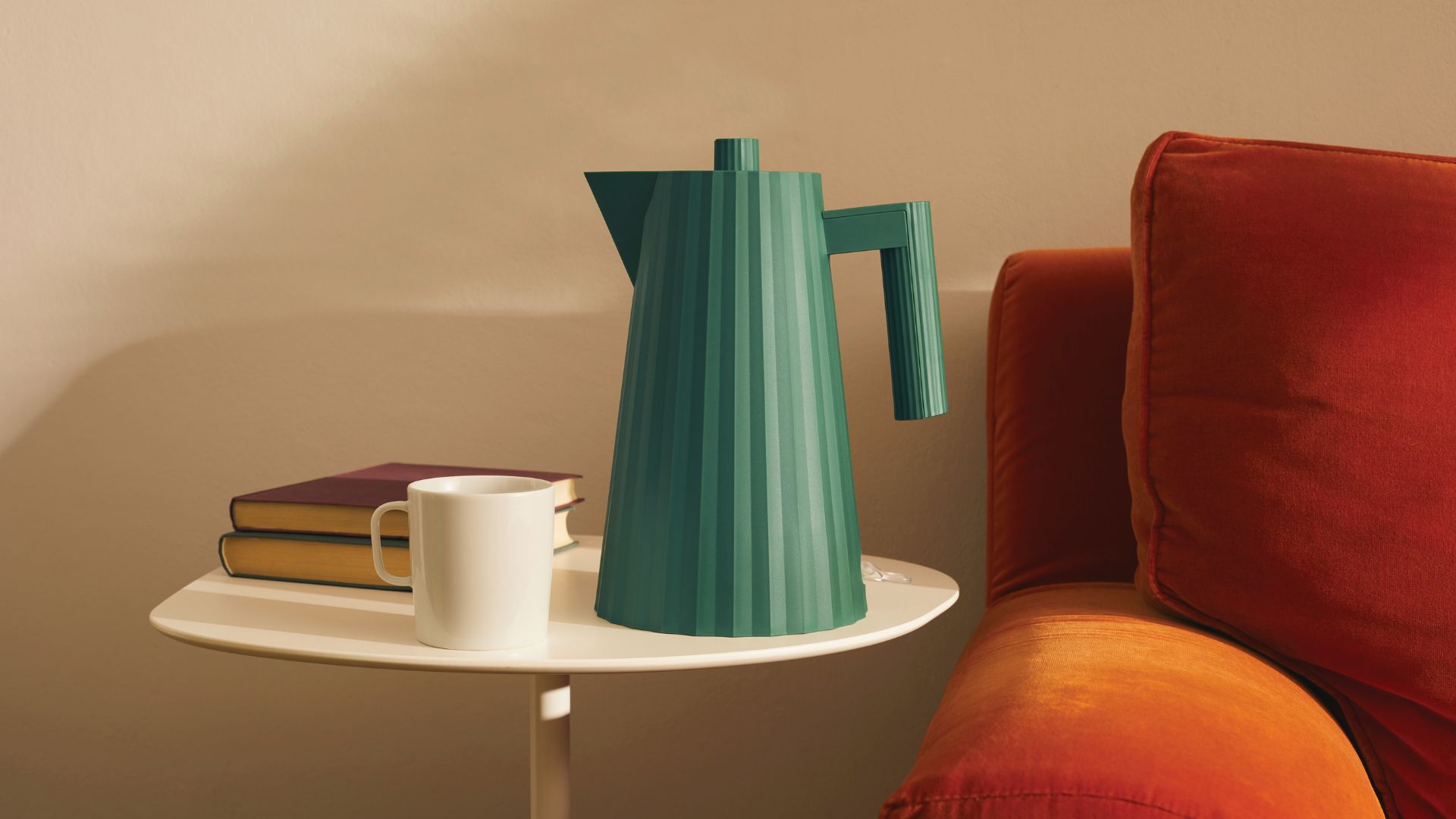
There exists a secret sauce, its recipe known only to a few, yet its taste is universally appealing. This secret lies in good design, something intangible that we can recognize once we see it. A key figure in mastering this magical combination is Alberto Alessi, a pioneer and absolute innovator in the manufacturing of products for homes, achieved through collaborations with industrial designers.
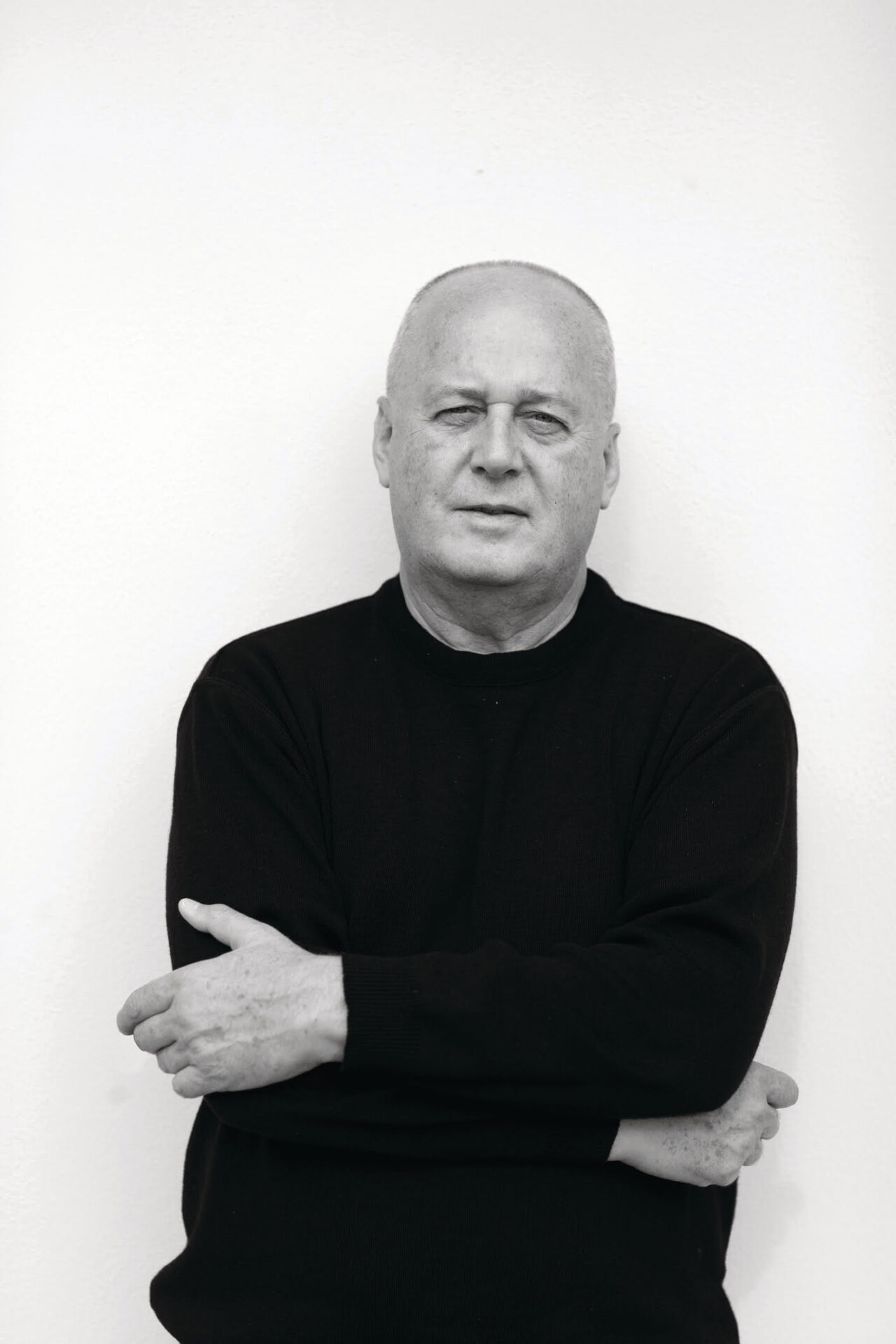
This journey is far from easy; one must be acutely aware of what is achievable and what is beyond reach to truly chart a course. I recently listened to Alberto Alessi’s conference at Design Indaba on YouTube, where he recounted the company’s story. His grasp of the events is so profound that he resembles a university historian, meticulously explaining the context and reasons behind various choices, openly sharing both successes and failures.
During his speech, he shared insights about one of my favorite designers, Richard Sapper, one of the most influential designers of all time. Many of you may know Sapper as the brilliant mind behind some of Alessi’s most successful products, including the iconic 9091 Kettle. What sets this kettle apart is its ability to emit a melodic sound when the water boils, replacing the traditional noisy whistle. Despite occasional issues, such as the kettle ceasing to sing, Alessi rectified this flaw. The main goal was not merely to boil water but to evoke emotions.
Yes, it’s all about emotions.
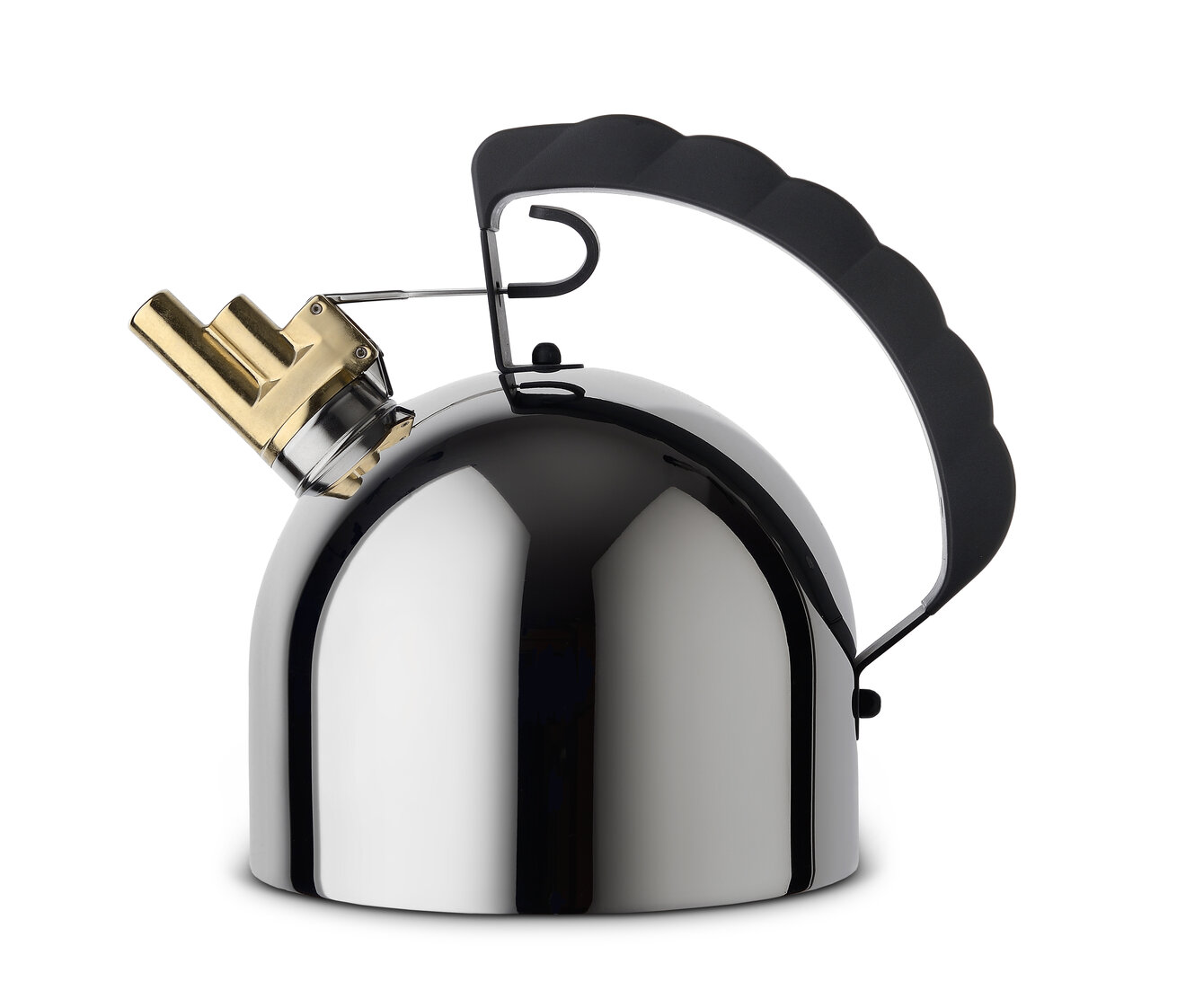
Let’s delve into their collaboration with Richard Sapper and explore the Cintura di Orione collection. This line features fully functional products with a copper exterior and stainless steel interior. Copper ensures even heat distribution, while steel maintains food contact integrity. The result is nothing short of spectacular, blending functionality with top-notch design.
The sensation of using a high-performance product that seamlessly combines the best in design is truly priceless. It’s akin to driving a Ferrari or wearing Armani: the fusion of top quality and exceptional design to evoke genuine emotions.

“This borderline exists, but it is extremely difficult to find it. You can not see it with your eye and you can’t with marketing research either. You can only feel it […] making use of your intuition and of your sensibility accepting to take more big risks,” as Alberto Alessi stated at Design Indaba in 2020.
Living on this edge, as Mr. Alessi describes it, is quintessentially design-oriented. It’s a philosophy embraced by relevant Italian companies like Alessi, evident in their choices of designers capable of navigating this delicate balance.
I won’t dwell too nostalgically on Aldo Rossi or the glorious days of Philippe Starck. Instead, I’d like to highlight Marcel Wanders Studio, recent pioneers with their Circus design collection. This collection, inspired by the circus world, incorporates elements like clowns, elephants, and red and white rhombuses. The potential for failure looms large during such developments; a slight misstep in finish or shape could turn the product cheap and kitschy in an instant. However, this did not happen; the execution is flawless. Though I primarily appreciate functional design, I find myself oddly drawn to these pieces, perhaps because they fulfill a need I can’t satisfy on my own.
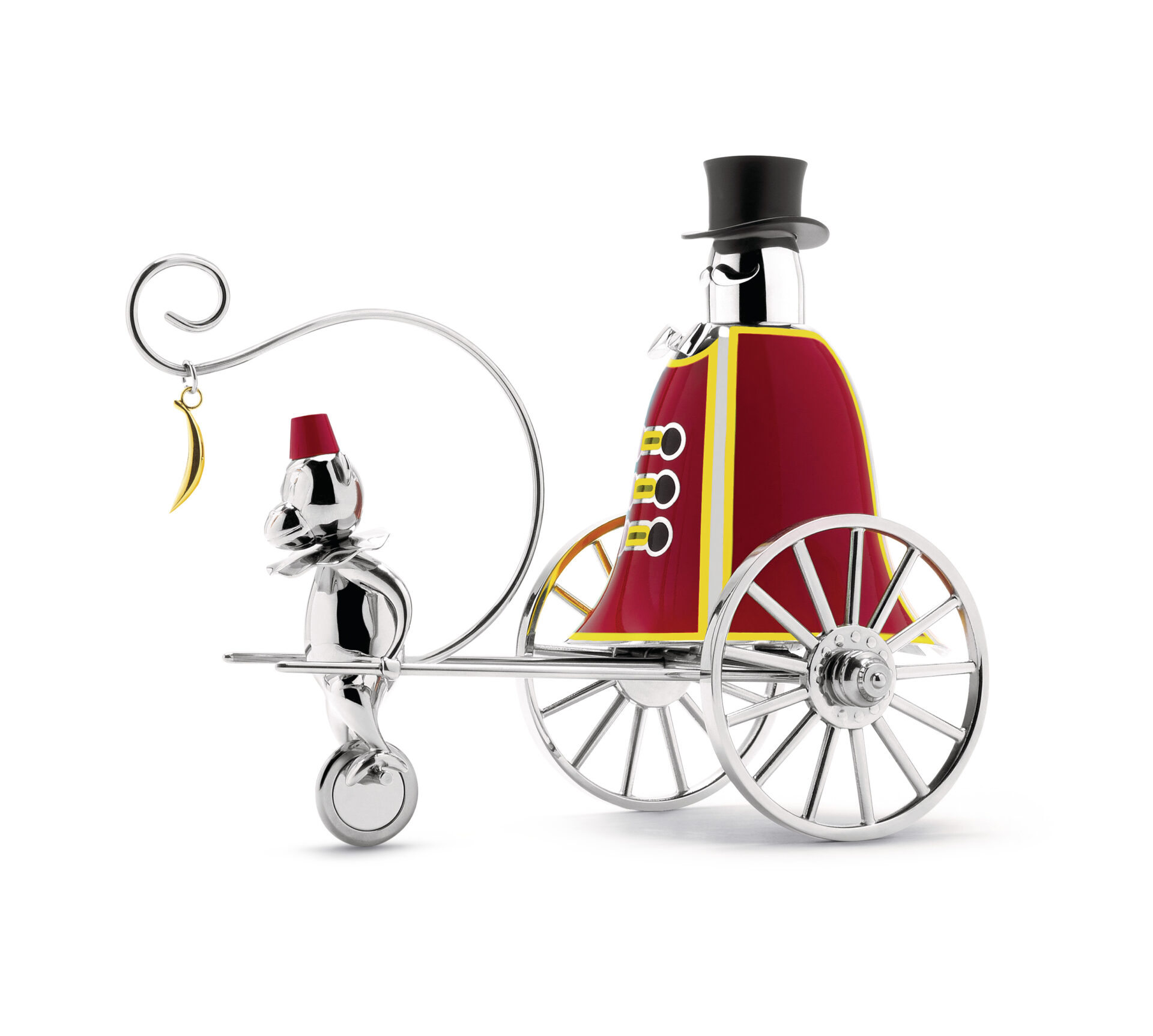
After putting my thoughts on paper, I felt compelled to delve deeper into this topic by reaching out to Alessi. I wanted to explore this concept not just as an observer but from an insider’s perspective. I had a delightful conversation with Gloria Barcellini, the Assistant Metaproject, who sits beside Alberto Alessi, providing invaluable context.
The notion of a design borderline is truly conceptual. This line shifts with time, influenced by numerous factors. The best way to understand its location is through trial and error, experiences that define it, often led by design icons who push the boundaries, even if it occasionally means anticipating the times (and possibly failing).
A recent example of pushing these boundaries is the electric kettle, Plissé, designed by Michele De Lucchi. De Lucchi transformed a common plastic object into a significant kitchen item, altering how it’s perceived. It’s no longer just a cheap product from a megastore; it now exudes aesthetics and affection. What stands out is its departure from the norm in electronic goods: no streamlined designs or cheap plastic but a genuine attempt to infuse a product often overlooked with a soul.

One of the most delightful aspects of talking to people deeply passionate about their work, be it a kitchen tool or a car, is the profound intellectual honesty they bring to the conversation. They make the complex seem effortless, with outstanding results emerging as a natural consequence of their dedication. Their commitment goes beyond providing a mere product; they offer an emotion, something to discuss, and remember.



